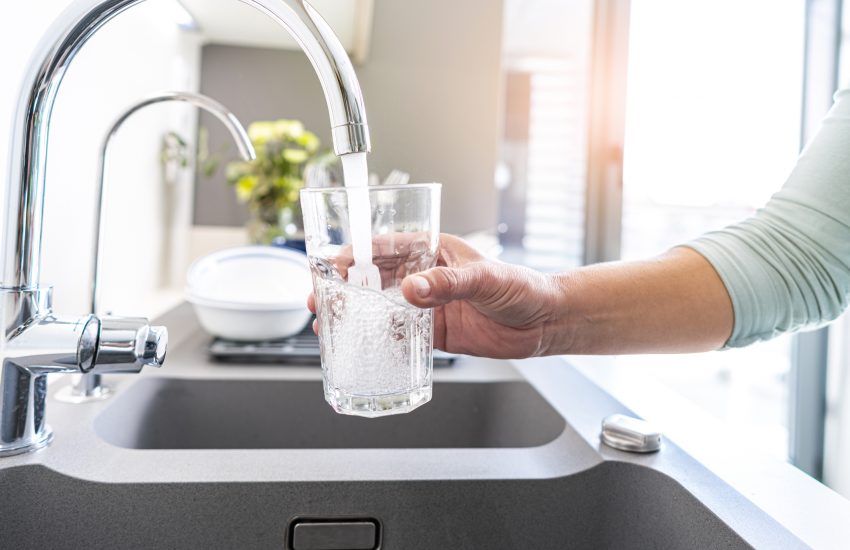Last month, the California State Water Resources Control Board (SWRCB) unanimously approved regulations to allow water systems throughout California to develop treatment protocols to quickly convert wastewater into drinking water. This process is known as direct potable reuse and should allow municipalities to generate a climate resilient water source while reducing the amount of wastewater that is discharged into California’s rivers and oceans. Recycled water is also a more reliable source of drinking water than imported water or stormwater sources – the availability of which varies greatly due to weather patterns. The regulations are intended to respond to the hotter, drier climate California has experienced in recent decades.
The regulations are detailed, comprehensive, and ensure that the recycled water is safe and more pure than many drinking water sources the state currently relies upon. Wastewater treated in compliance with these regulations can be served directly to consumers without the use of any temporal, spatial, or mixing buffers.
Direct potable reuse would allow wastewater to be transformed into drinking water in a matter of hours through the use of multi-barrier treatments. No such program is in place in California today, but several water agencies have launched pilot programs in recent years. Currently many municipalities throughout the state use a method called indirect potable reuse which takes more time and treats wastewater through a groundwater recharge system or through dilution with surface water. A direct potable reuse system would save time and create more reusable water.
The indirect potable reuse programs in California now are only moderately successful. The state recycles approximately 750,000 acre feet per year (AFY). California’s Water Supply Strategy developed in 2022 set goals to recycle and reuse at least 800,000 AFY by 2030 and 1.8 million AFY by 2040. The SWRCB’s 2009 plan had much higher goals – 1.5 million AFY of water reuse by 2020 and 2.5 million AFY by 2030. The targets were reduced in 2022 due to the lack of significant progress on major water reuse projects. The SWRCB hopes that implementation of these regulations will speed up the process of recycling much more water on an annual basis.
The regulations took more than a decade to develop and included review by a panel of experts. They detail requirements for infrastructure, treatment technologies, and monitoring. Wastewater will be treated for bacteria, viruses, and chemicals and will go through multiple stages of treatment. It will pass through activated carbon filters, reverse-osmosis membranes, disinfection with UV light, and cleaned with oxidizers such as hydrogen peroxide. Minerals will then be added back to the purified water to make it taste like typical drinking water.
Now that the SWRCB has approved the regulations, the Office of Administrative Law is expected to approve them sometime this year. Building the necessary infrastructure to purify water is expensive, so it may be several years before Californians are drinking direct potable reuse water. However, San Diego, Santa Clara, and the City of Los Angeles already have launched pilot projects and intend to put additional resources into this process. California is not the only state that would allow direct potable reuse. Colorado already has regulations in place, and Texas built the first direct potable reuse plant over ten years ago. Florida and Arizona are in the process of developing procedures as well. It remains to be seen if the use of recycled water will offer resilient water sources in times of drought; but for many involved in the process the new regulations give communities additional options to develop sustainable and clean water supplies.

